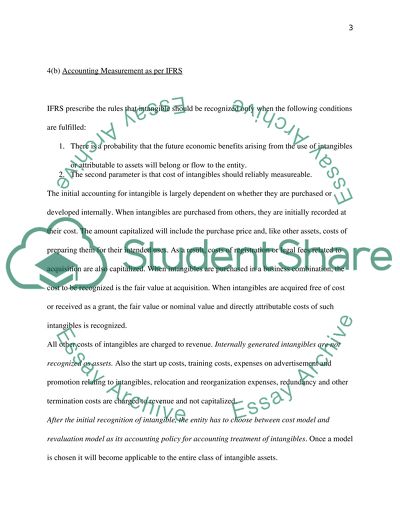Cite this document
(Intangible Assets for Financial Reporting Assignment, n.d.)
Intangible Assets for Financial Reporting Assignment. Retrieved from https://studentshare.org/finance-accounting/1566344-advanced-financial-reporting-and-regulation
Intangible Assets for Financial Reporting Assignment. Retrieved from https://studentshare.org/finance-accounting/1566344-advanced-financial-reporting-and-regulation
(Intangible Assets for Financial Reporting Assignment)
Intangible Assets for Financial Reporting Assignment. https://studentshare.org/finance-accounting/1566344-advanced-financial-reporting-and-regulation.
Intangible Assets for Financial Reporting Assignment. https://studentshare.org/finance-accounting/1566344-advanced-financial-reporting-and-regulation.
“Intangible Assets for Financial Reporting Assignment”, n.d. https://studentshare.org/finance-accounting/1566344-advanced-financial-reporting-and-regulation.


